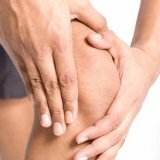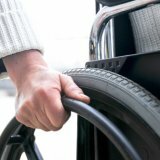What kind of doctor should I use for pain in my knee?
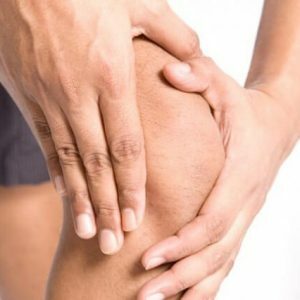 Often knee pains occur with a certain load on the joint - running, walking or trying to bend the leg in the knee joint.Pain is a signal about the presence of pathological changes, so do not neglect even minor painful manifestations.Remember that without the timely treatment of joint diseases( arthritis and arthrosis), they have the property of slowly but steadily progressing.
Often knee pains occur with a certain load on the joint - running, walking or trying to bend the leg in the knee joint.Pain is a signal about the presence of pathological changes, so do not neglect even minor painful manifestations.Remember that without the timely treatment of joint diseases( arthritis and arthrosis), they have the property of slowly but steadily progressing.
The main causes of pain in the knee
Alas, many people are slow to consult a doctor for pain in the knee, but simply try to lessen the painful limb.However, restriction of motion is an incorrect approach;It is certainly necessary as a temporary measure, but it is more important to identify the cause of the disease and remove it in a timely manner.
Among the most important factors capable of provoking knee pain, include: excessive loads;
- ;
- injury;
- arthropathies( arthritis and arthrosis);
- tendonitis;
- rheumatoid arthritis;
- excessive load;
- other factors.
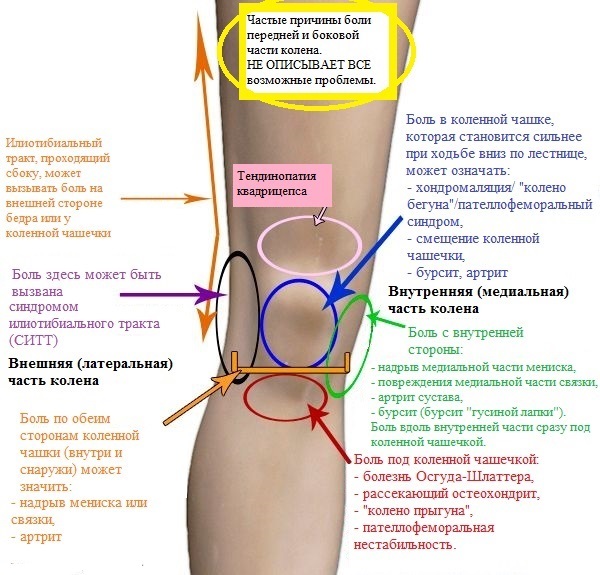
The nature of knee pain in various diseases
When establishing the diagnosis, the most important is not only the fact of the presence of pain, but also its nature and intensity.It is they who should help you decide which doctor should be treated with pain in the knee.
Pain in arthritis and arthrosis
If knee pain is noted for a long time, it gradually builds up and becomes chronic, probably, it is arthritis( inflammatory joint damage) or arthrosis( dystrophic changes occur).
Osteoarthritis is more often diagnosed in patients older than 45 years.Pain sensations can appear both in one joint, and immediately in both.The pathology is characterized by a feeling of stiffness, and after a long period of immobility, when you try to bend your leg, crunch is clearly heard.
The development of osteoarthritis is caused by a lack of synovial( joint) fluid.In this case, the doctor observes pain in the knee of the patient who has been treated, the intensity of which increases with the support of the affected limb, and local swelling.
Features of painful manifestations in case of injuries
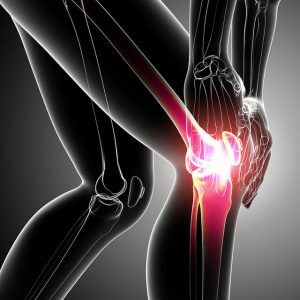 If there was an injury( for example, a bruise), after which the mobility in the knee is limited, and the pain syndrome is intense and persists even at rest, this indicates an inflammatory process.Its characteristic symptoms are swelling and a local increase in temperature in the projection of damaged tissues.With a bruise, there is usually a bruise( bruise on the skin).It is not excluded also hemorrhage into the joint cavity.
If there was an injury( for example, a bruise), after which the mobility in the knee is limited, and the pain syndrome is intense and persists even at rest, this indicates an inflammatory process.Its characteristic symptoms are swelling and a local increase in temperature in the projection of damaged tissues.With a bruise, there is usually a bruise( bruise on the skin).It is not excluded also hemorrhage into the joint cavity.
Blockade of the joint often speaks of damage to the meniscus - cartilage disk of the knee joint.Of the articular ligaments, tibial collateral is most often traumatized( stretched or torn).If this kind of damage is brought to the fore, the doctor will experience a severe acute pain in the knee.Among the possible traumatic injuries include dislocation of the knee joint( under the influence of a large force), as well as the displacement or destruction of the patella.
Important: In case of injury, the load on the knees should be temporarily excluded.For this, limb immobilization is carried out.In some cases, a significant reduction in loads also helps.To reduce the symptoms of inflammation, it is recommended to apply a packet or a heating pad with ice to the knee.It is advisable to take the position of the body, in which the injured limb will be raised.
Patients with tendonitis, vascular pathologies and excessive physical exertion
If the patient indicates pain reduction in the knee and indicates a decrease in the amplitude of movements, as well as sudden or slowly increasing pain, a specialist may suspect tendonitis, an inflammation of the tendons.Pathology develops after trauma, infection or is one of the manifestations of an allergic reaction.
Other potential factors that cause knee pain include vascular disorders that are characteristic of adolescents during active growth.
Regular significant physical exertion( for example, when doing sports) cause microtraumas of articular cartilages, which eventually manifest aching pain in the knee.Loads especially often make themselves felt when the patient already has age-related tissue changes - for example, the elasticity of the cartilaginous tissue of the joint decreases.
Pain in the knee with rheumatoid arthritis and Schlatter's disease
Rheumatoid arthritis develops with disorders from the immune system;As a result of the failure of the protective forces, the body begins to perceive its own articular tissues as alien.Characteristic features of rheumatoid arthritis - the defeat of several joints at once( isolated lesions are rare), skin hyperemia in the projection of the joint, severe soreness with the slightest touch, symmetry of lesions.There is also an increase in the duration of aching pains in the knees against a background of small loads and hypothermia, and with time the deformation of the joint appears.
To avoid serious complications caused by rheumatism, it is necessary to consult a doctor as soon as possible for pain in the knee.
In adolescents, the cause of joint discomfort in a number of cases is Schlätter's disease( osteochondropathy of the tibia).At the given age pathology in patients 11-17 years of age there is swelling and marked soreness just below the kneecap.When you try to sit or bend your leg, the intensity of pain increases.The main factor that provokes the disease is the employment of certain sports in the period of active growth.
When it is necessary to consult a doctor for pain in the knee?
The following symptoms are the basis for a visit to a specialist:
- sharp knee pain( it is impossible to step on the foot);
- deformation of the knee area( visual difference of one knee from the other);
- presence of a tumor, hyperemia and local fever;
- persistent or frequent periodic pain.
Which doctor should I use for pain in my knee?
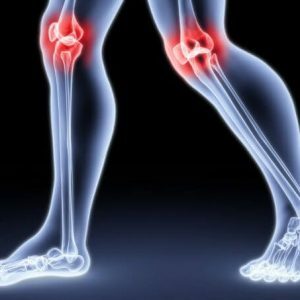 If there has been a particular injury, it is recommended that you visit a trauma specialist.The examination will help to eliminate( or confirm) such serious injuries as fractures, ligament ruptures and damage to the joint capsule.There is a chance that a surgeon will need to be examined, which will determine the need for surgical intervention.
If there has been a particular injury, it is recommended that you visit a trauma specialist.The examination will help to eliminate( or confirm) such serious injuries as fractures, ligament ruptures and damage to the joint capsule.There is a chance that a surgeon will need to be examined, which will determine the need for surgical intervention.
In order to avoid the progression of the process and the deformation of the joint, with arthrosis it is necessary to consult an orthopedist and a surgeon.Arthritis requires examination and treatment from a doctor-arthrologist.With autoimmune inflammation, one can not do without consultation and subsequent treatment with a specialist rheumatologist.Severe joint deformity against rheumatoid arthritis is an indication for routine surgical intervention.
It is better for elderly patients experiencing knee pain after physical exertion to visit a local therapist and be sure to get a consultation of an arthrologist.After examination and subsequent additional examinations, they recommend systemic and local drugs to reduce pain and improve trophism( nutrition) of tissues.
Important: in many cases reduce the intensity of chronic pain assisted by manual therapists, massage therapists and physiotherapists.
Pathological changes in the musculoskeletal system( in particular, spine diseases) often cause an inadequate load on one or both legs, which gradually leads to pain in the knees.In such cases, the patient should be examined by an orthopedic doctor who will prescribe the appropriate treatment.
Knee Pain Surveys
Regardless of what kind of doctor you are going to use for pain in the knee, be prepared for the fact that in addition to the usual survey and examination, he can also assign additional studies that will help to see the degree of developmentPathological process, its localization and a number of other nuances.
Basic diagnostic methods:
-
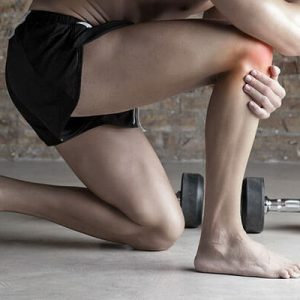 ultrasound scanning;
ultrasound scanning; - X-ray examination of the affected area;
- tomography( CT and MRI);
- arthroscopy( endoscopic examination of the joint cavity);
- laboratory tests( blood and joint fluid tests).
Depending on the intended diagnosis, you may be recommended one or more research methods.
Plisov Vladimir, medical reviewer


